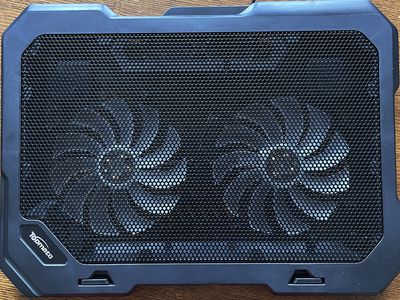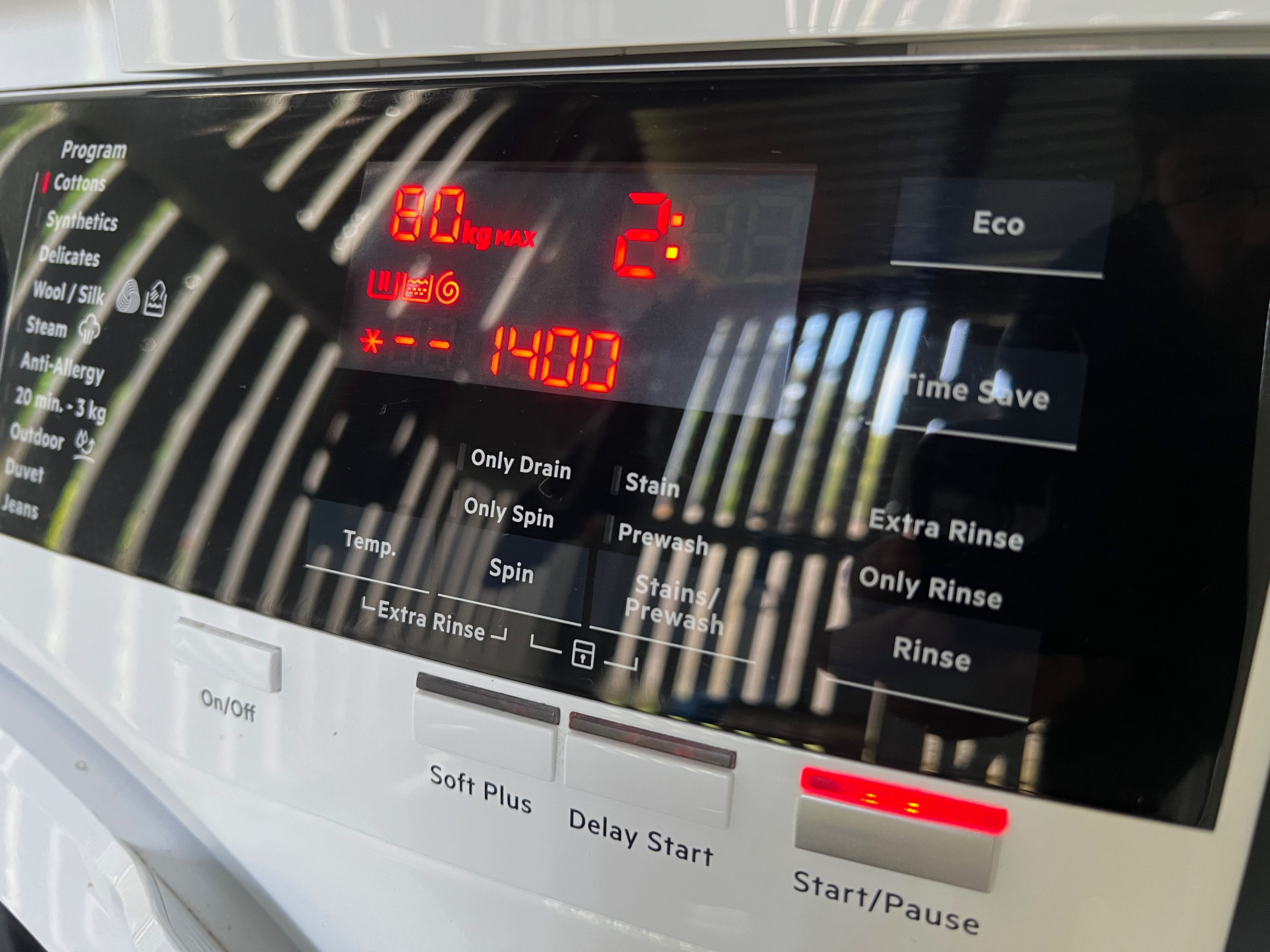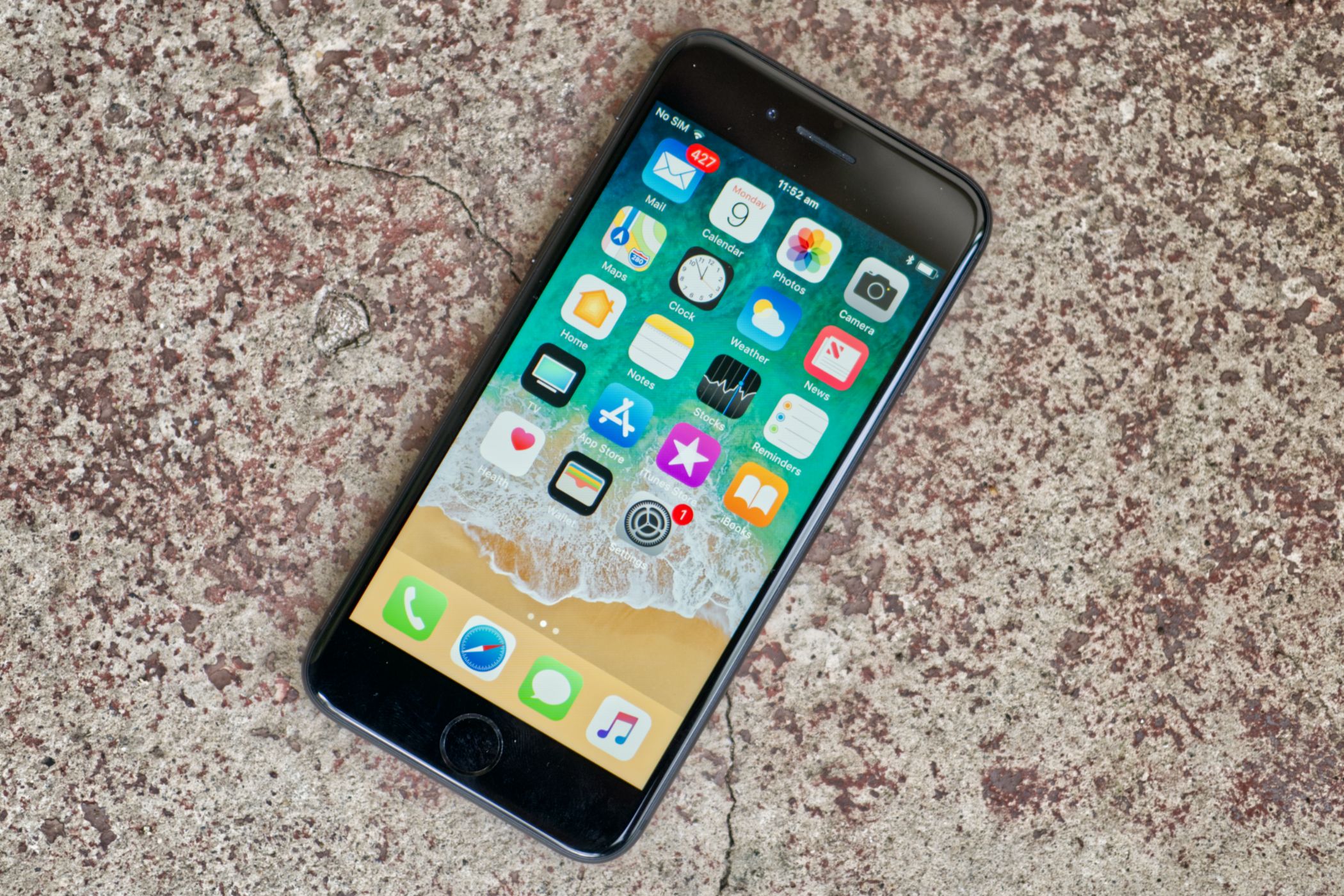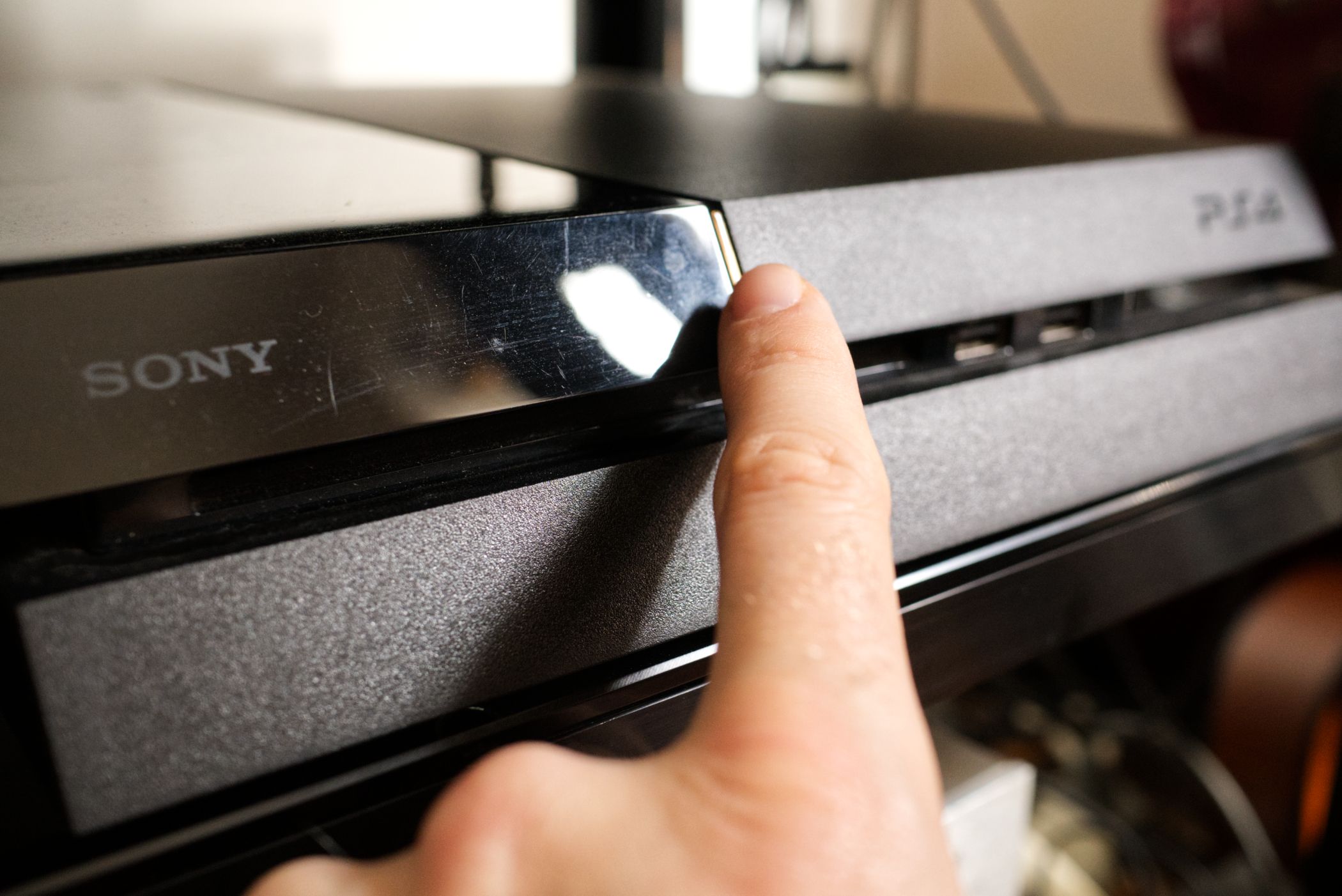
The Downside of Touch Button Overuse: Why Companies Must Rethink Their Digital Interfaces

The Downside of Touch Button Overuse: Why Companies Must Rethink Their Digital Interfaces
Key Takeaways
- Capacitive touch buttons introduce usability issues in terms of responsiveness and lack of feedback.
- Manufacturers seem to be overusing touch buttons despite the problems they create, like having to take your eyes off the road when changing air temperature in an EV.
- Some companies abandoned touch for physical buttons due to issues with usability over a decade ago.
Capacitive touch buttons trade usability for reliability, but I’m not convinced that’s a price worth paying considering the myriad of problems they introduce.
The Problem With Capacitive Touch Buttons
Two things around the house routinely make me reach for the swear jar: cables and touch buttons. Cables are an unavoidable fact of life, the bane of anyone who appreciates a nice clean setup . But touch buttons are a deliberate choice.
To start with, they’re unreliable. Sometimes they work, sometimes they don’t. There’s often no feedback, especially if the device has no speaker. Even if I manage to perfectly mash the smooth indistinct surface with my clumsy digits, I often have no idea if my attempt was a success. In some instances, this can be dangerous.
If you’ve got wet hands, forget about it. If your hands are slightly damp, you’re rolling the dice on a 50-50 chance of success. If the button gets wet, who knows what will happen? Sometimes you don’t need moisture for these buttons to behave erratically, they just go haywire.
Perhaps the most egregious thing is how these buttons can feel unnecessary. Where a regular clicky button or dial would have done the job just fine, a touch button feels shoe-horned in. It can seem like a lazy attempt to make an interface feel modern, a “great idea” suggested by someone who knows nothing about usability in a board meeting about sales projections.
Capacitive Touch Buttons Are Everywhere
There was a period in the late 2010s when touch buttons seemed to appear on almost everything, whether their use was justified or not. Though some manufacturers have moved away from the practice, others seem to be shoehorning capacitive panels into anything and everything.
Electric vehicle manufacturers seem to love touch interfaces, despite the issues created in doing so. These buttons depend on flat smooth surfaces and provide relatively little feedback. It’s easy to turn a dial in the center console when you want to change the air temperature, but tapping or sliding a touch interface essentially requires that you take your eyes off the road and keep them there.
Have you tried to buy a washing machine recently? Touch buttons are seemingly everywhere. It can be hard to find a model that doesn’t use some sort of touch interface the last time I checked. Depending on where you do your laundry, humid air and wet hands will play havoc with the basic human desire for clean clothes.

Tim Brookes / How-To Geek
Induction stoves are quite possibly the best stoves you can buy. They’re energy-efficient, responsive, don’t fill the kitchen with volatile organic compounds , and with solar power can effectively allow you to cook for free. So why are manufacturers so obsessed with touch controls? I’m hoping I can find a good induction stove with chunky tactile knobs when it’s time to replace the gas stove in my kitchen.
And then there are all the niche items, like my $60 Hario drip coffee scales . Nothing’s better than splashing hot water onto a scale designed specifically with liquids in mind only to have it reset and behave erratically until you dry it out. I’ve already committed to spending more on physical buttons when this thing finally gives up the ghost.
Why Are Touch Buttons Used So Much?
When Apple ditched the physical home button in the iPhone 7, the company made the argument that capacitive designs require no moving parts. Unlike the previous Home button, the new design would in theory last much longer. There’s no mechanism, and no gaps for pocket fluff and other gunk to gum up the works.
The iPhone 7 skirted many potential problems with clever use of haptic feedback and a tactile design. Muscle memory plays a big part in an established design too, since existing iPhone users already knew where the Home button was so the user experience was identical.

Tim Brookes / How-To Geek
But this logic doesn’t extend to every device. Though the argument for longevity is a valid one, did we trade usability for reliability? And is that trade-off worth it?
Is it better to get more time out of an inferior user experience, or accept that moving parts occasionally require maintenance? Is your washing machine motor going to fail before the interface on the front of it? One of those things is far cheaper and easier to replace.
I would prefer to replace a faulty button on my washing machine and avoid a miserable user experience for the lifespan of the appliance. Every time I put on a load of laundry I’m reminded that I bought the “wrong” washing machine, except I probably didn’t because every manufacturer seems to use them at this point.
Some Manufacturers Ditched Touch for a Reason
Fortunately, not all manufacturers still think touch buttons are a good idea. For some, they fell out of favor several generations ago when lessons were learned about their usefulness.
The original PlayStation 4, released in early 2013 featured capacitive touch buttons for both power and disc eject. This model was plagued by touch-related issues. Speaking from experience, sometimes the console wouldn’t power up because the buttons didn’t always detect input. Sometimes the buttons would always detect input, leading to a constant screeching from the console.

Tim Brookes / How-To Geek
Occasionally the PS4 would turn itself on randomly, for seemingly no reason. Worse still, the console could randomly turn itself off or eject the disc for no reason. Add to this the constant threat of curious dog and cat noses that are perfect for triggering capacitive touch buttons, and the fact that it was way too easy to trigger these buttons when cleaning or simply walking past.
By the time the revised PlayStation 4 Pro rolled around three years later, these had been replaced with good old-fashioned clicky buttons. Lesson learned.
But Sony wasn’t the only company to make this mistake. Microsoft added touch buttons to the final Xbox 360 revision and early Xbox One consoles. These eventually disappeared when the Xbox One X launched in 2017, and they never materialized on the Xbox Series X or S .
Old Man Shouts at Touch Buttons
You can write me off as a hater, and you’re probably right. I’m a hater of touch buttons who is stuck with a washing machine that somehow both ignores my input and triggers all of the buttons at once.
Also read:
- [New] Ideal Selection of Cost-Effective 4K Projection Screens
- [New] In 2024, Arc Architect Suite
- [New] In 2024, Unlocking IGTV Potential Converting and Curating Horizontal Videos
- [Updated] In 2024, Essential Tech for New Channel Launches
- [Updated] Maximizing Your Zoom Experience on ChromeOS
- Complete Breakdown: Alderon Games Reports 0% Stability with Intel's Latest GPU Series
- How to Factory Reset Tecno Camon 20 in 5 Easy Ways | Dr.fone
- How to Hard Reset Realme C33 2023 Without Password | Dr.fone
- How to Recover Apple iPhone 13 Pro Data From iOS iCloud? | Dr.fone
- How To Transfer WhatsApp From Apple iPhone 12 Pro to other iPhone 11 devices? | Dr.fone
- In 2024, Essential Guide Leading Video Editing Tools (Android/PC)
- In 2024, Unlocking Laughter in VR Crafting Metaverse Humor
- Is your Vivo Y17s working too slow? Heres how you can hard reset it | Dr.fone
- Top-Ranked Twitter Management Apps: The Ultimate Guide
- Unlock a disable iPhone 12 without a computer
- Unlock locked iPhone 14 Plus by restoring it to default settings
- Title: The Downside of Touch Button Overuse: Why Companies Must Rethink Their Digital Interfaces
- Author: Ian
- Created at : 2025-02-18 18:19:05
- Updated at : 2025-02-19 20:04:27
- Link: https://techidaily.com/the-downside-of-touch-button-overuse-why-companies-must-rethink-their-digital-interfaces/
- License: This work is licensed under CC BY-NC-SA 4.0.